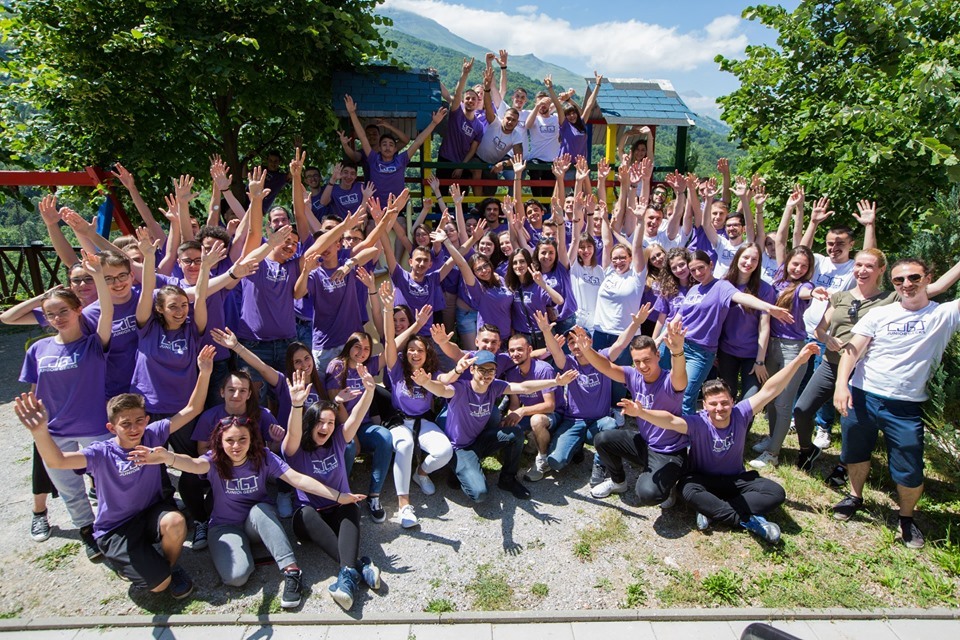
JuniorGeeks — Program & Platform Design
I led the design of the JuniorGeeks program and platform UX — crafting curriculum flows, onboarding for parents and educators, and an engaging learning experience for children.
The work spanned curriculum design, UX patterns for young learners, and designing clear onboarding touchpoints for guardians and teachers.
This case study expands on the research methods, design decisions, and measurable outcomes that emerged from a 12-week engagement. Highlights include improved lesson completion, sharper onboarding completion rates, and reduced friction for first-time users.
Duration
12 weeks
Platform
Web (JuniorGeeks.net)
Methods
User interviews, usability testing, curriculum mapping
Role
Program Designer & Lead UX Researcher
Research Background
JuniorGeeks is an online learning platform for young learners. The project focused on improving lesson discoverability, onboarding for parents and teachers, and engagement metrics across core learning paths.

Featured program and sample curriculum flows demonstrating onboarding and lesson navigation.
Design work included curriculum structuring, microcopy for children, and flows for parent/teacher onboarding states.
Approach
I led mixed-methods research including interviews with parents and educators, moderated usability sessions with children, and analytics review to align curriculum structure with observed behavior. I also designed curriculum flows, onboarding flows for guardians and teachers, and key UX patterns for engagement.
The approach focused on rapid prototyping of lesson flows, testing micro-interactions with children (5–10 years old), and iterating onboarding copy to reduce cognitive load for guardians. I worked closely with curriculum designers to ensure pedagogical goals matched interaction patterns.
Key activities included:
- User interviews with 12 parents and 8 educators
- 6 moderated usability sessions with children using low-fidelity prototypes
- Curriculum mapping workshops with stakeholders
- Instrumenting analytics to measure time-to-first-activity and lesson completion
Impact
The design and research work led to measurable improvements in engagement and reduced time-to-first-activity.
Lesson Completion
+18%
Faster Time to First Activity
+32%
Parent Onboarding Completion
+22%
Reflection & Lessons
Designing for young learners required simplifying choices, emphasizing visual affordances, and crafting microcopy that speaks directly to children while remaining clear for guardians. Iterative testing with prototypes helped quickly surface confusing language and navigation friction.
Next steps recommended: extend analytics to long-term retention, introduce adaptive difficulty for lessons, and conduct an A/B test for alternative onboarding flows for parents.
Other recent work
Pixel Accessibility Product | Google Superbowl 2024 Commercial
Guided Frame 2.0 is a Pixel Accessibility feature that empowers blind and low-vision users to independently capture photos. Our research informed product and machine learning improvements, resulting in a more inclusive camera experience and a Google Superbowl 2024 commercial.
Foundational Research | UNDP Sustainable Tourism
Comprehensive mixed-methods research for Kosovo’s tourism sector, including stakeholder workshops, visitor surveys, and strategic analysis. The study shaped a sustainable tourism brand and stakeholder strategy, increasing visibility and readiness for international visitors.
Assistive Magnification App | Android
Google Pixel Magnifier is an assistive Android app for low-vision users. Our research included accessibility heuristics, concept testing, and usability optimization, which increased adoption and improved onboarding, making digital magnification more accessible and effective.
Student Needs Research | Kosovar Youth Council & Save the Children
Qualitative research with 210 students (grades 6–9) across 50 schools in Kosovo to identify core needs and recommendations for inclusion, diagnosis, and school-level interventions.